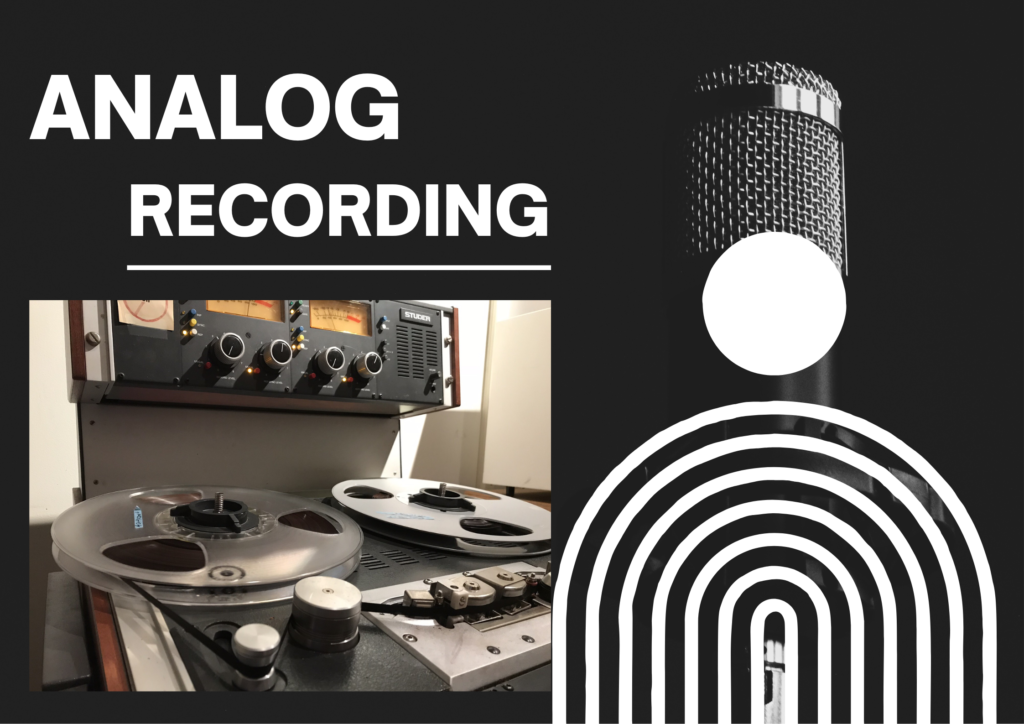Recent Posts
Search Topic

Analog dirt is the distortion that results from the physical limitations of analog recording media. It is a type of noise that is introduced when a signal is transferred to a medium with a lower resolution. then the original. This noise manifests itself as a crackling, hiss, background buzz, or hum. Dirt is produced by electrical and mechanical components of the recording hardware and other physical sources such as vibrations in the room, microphone movement, and humidity changes due to weather.
The longer an analog recording has been stored with such sources of noise present, the more degraded the sound becomes. Digital noise is the distortion that typically results from the limitations of digital storage technology. It is a type of noise that could be introduced when an audio signal with a high bit rate is stored in a medium with lower resolution. This noise manifests itself as hiss, background buzz, or hum. Digital noise may also be introduced by computer hardware and software.
There may be a problem with your digital mixes being too perfect! Put a little ‘analog’ magic in your productions. You may be mixing too perfectly on your digital recorder! The 1980s were the era of ‘digital’. Music production isn’t the only area of expertise. With the demise of clocks, watches, and cash tills, big modular synths and compressors were ditched in music production. Digital synthesizers, computers, hard disk recordings, and endless zeroes and ones changed everything. Binary recording has now replaced those silly knobs and dials with endless menus to browse through! Tape, buzz, noise, and wobble were only steps away from audio perfection!
The evolution of fashion. Our preference for digital has evolved from being too clean and harsh somewhere along the way. It’s analog-style time again! By digitizing audio workstations, digital clarity, accuracy, and power can be achieved seamlessly. Mixes can be improved by applying several simple techniques. Here’s how you can use analog-style plugins to maximize their performance using classic mixing methodologies. Making your sound more human is the result of defrosting it. Let’s fire up our DAWs and give our mixes a little classic warmth.
Module synths of the 80s are a thing of the past, and digital, menu-driven synths of the 90s are on the decline. Synthesizers aren’t the only topic. The sound was also processed too cleanly and clinically. Nowadays, we are seeking authenticity, vibe, warmth, and presence. In the 1980s, the analog gear that made this possible – synths, beatboxes, huge mixing consoles, and tape machines – cost a fortune. Today, digital gear produces this kind of music at a fraction of that price.
Sound is best represented digitally. Signals can be very loud or extremely quiet without sacrificing quality when they are processed at 64-bit and saved to 24-bit FILEs. It is possible to copy, route, process, or adjust the level of digital audio without affecting its quality. We do not add any noise. It does not remove any frequencies. Dynamic and transient characteristics are not affected. It’s a near-perfect medium.
Analog signal chains can be seen in the following example. An analogue synthesizer produces the basic wave. Initially, the source waveform has imperfect components, so it is not an exact saw. Besides the noise generated by electrons constantly moving through equipment, analogue circuitry contributes noise as well. Physics says it has to be that way. Each successive piece of equipment will add to the noise generated by the synth, and the electronics in the synth already have some noise.
A hum signal can be picked up by some analog gear when the mains power supply is delivered at 50Hz.The frequency content of an audio signal can also be affected by circuits, such as treble bending. The addition of even phasing is also a characteristic of analog circuits. Analog circuitry exhibits subtle distortions, such as phase distortion. Although it is a minor change, it is noticeable. Hiss, distortion, frequency fluctuations and dynamic squashing are all exacerbated by the tape medium. Fluttering and slowing are two terms used to describe timing/pitch wobbles resulting from variable tape speed.